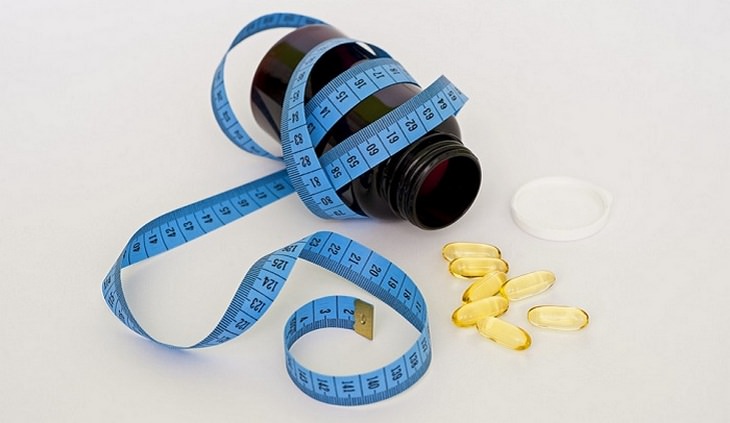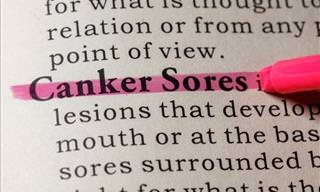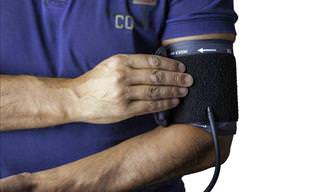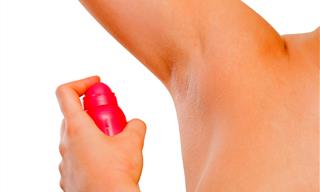1. Test the testicles
According to the National Cancer Institute, testicular cancer is most common among men aged 20-35, with about 120 new cases occurring each year. Because this is an uncommon disease, many men tend to ignore the various symptoms, while pre-screening can lead to preventive treatment that can cure 90% of the cases. Common symptoms of testicular cancer are lower back pain for no apparent reason or coughing up blood.
2. Check for hair loss
Although the hairline sometimes retracts when age starts to work its magic, if your hair falls in patches and clumps when showering or brushing it, stress is probably the culprit. Dr. Bruce Campbell, a male health expert from Burlington, Mass., explains that stress hormones can cause white blood cells to attack hair follicles, leading to hair loss, and beyond the fact that massive hair loss is frustrating, chronic stress can increase the risk of heart disease and even reduce memory, which is why it is important not to ignore abnormal hair loss, and to take advantage of the different methods of relieving stress, such as the following eight pressure points which reduce stress.

3. Check urine flow
If you experience difficulty when urinating, don’t just assume it’s a shy bladder, as this may be a sign of prostate cancer. This is because the prostate surrounds the upper part of the male urethra, so if it swells or grows, it may cut off the flow of urine, which disrupts the current and may make it difficult for you to urinate. Therefore, if you’ve noticed some difficulty when relieving yourself, you should see your doctor and get the necessary tests.
4. Check the oral cavity and gums
Examination of the oral cavity
If you experience a bulge or sore growing on your gums, tongue or lips, which doesn’t disappear for a while, don’t assume that it’s just a canker sore, since there is a possibility that this is a symptom of oral cancer. Other symptoms that may occur with cancer are pain or bleeding in the affected area, pain that radiates to the ears and obstruction of speech or difficulty swallowing. Various studies have shown that oral cancer is twice as common in men as in women, so it is important to be alert, and if you notice an abnormal bulge, don’t hesitate to make a doctor’s appointment. Also, your dentist is also able to check for tumors and such during a routine dental exam.
Examination of the gums
Whenever you clean your teeth with dental floss, you should be vigilant and notice whether your gums are swollen, sore or bleeding, or if the gums have receded and reveal the root of the tooth. Don’t overlook these various signs, since gum disease is a serious risk to the health of men and can even serve as a warning of more serious health problems. Therefore, if your oral self-examination suggests gum disease, consult your dentist as soon as possible.
5. Chest examination
If you think that this type of examination is for women only, think again. Men’s chests also contain breast tissue which means they are also at risk for breast cancer. Dr. Campbell also points out the importance of self-examination of the male breast, also because breast cancer is more dangerous and fatal in men than in women, and also because early detection may increase the effectiveness of the treatment needed later.
Campbell claims that the test is so simple, there is no justified reason to skip it; Once a month while showering, feel your chest and look for lumps or breast size changes. If you’ve identified anything suspicious, make an appointment and see your GP so that they’ll be able to refer you for further necessary tests. It is also important to note the importance of family medical history since one in five men with breast cancer has a relative who has had the disease in the past.
6. Check waist circumference
Fat belly works like a factory, and 24 hours a day it produces inflammatory juices that may increase the risk of diabetes and heart disease. Dr. Campbell adds that measuring the fat around the abdomen can be the most important test for men, and it can be done very easily. All you have to do is take a tape measure and measure the size of your lower abdomen - if the result is more than 37.5 inches, or 95 centimeters, you are at risk of developing serious health problems. You should repeat the test once a month and, if necessary, approach a nutritionist to help you build a nutrition plan that is best suited for you while incorporating physical activity as well.
7. Check your heart rate
Heart disease is the leading cause of death in both men and women, with men at a higher risk than women. The US Centers for Disease Control and Prevention (CDC) has shown that 89% of sudden cardiac events, such as heart attacks, occur in men.
It turns out that a quick and simple self-examination can measure your heart health; you can take a pulse test at rest by placing your index and middle finger on the opposite wrist and measuring your pulse by counting for 10 seconds. After counting the number of beats, multiply the number obtained by 6. A healthy person should have a normal pulse rate of between 60 and 100, and any deviation beyond this range may indicate cardiovascular problems. You should also pay attention to the interval between beats, since irregular heart rate may indicate atrial fibrillation or other serious heart problems. Repeat this test at least once a month.
8. Take a count of your moles
Skin cancer is common in both men and women, with men at twice as much risk as women. Therefore, once a month be sure to perform a self-examination to look for new or older moles, which will allow you to detect early symptoms of possible cancer and receive the necessary treatment. If any mole has changed size, color, or has become irregularly shaped make sure you see a dermatologist as soon as possible.
Remember: these tests are designed to work hand in hand with professional treatment and not replace it! Check with your doctor and keep them informed of any unusual findings or significant changes in your body.
 Go to BabaMail
Go to BabaMail




























